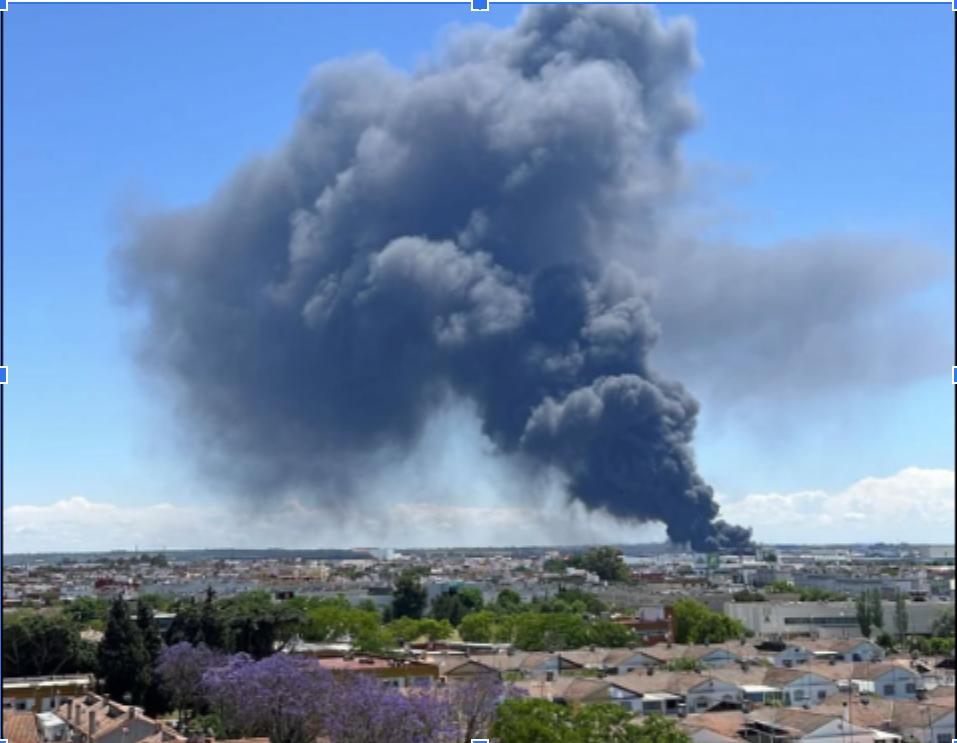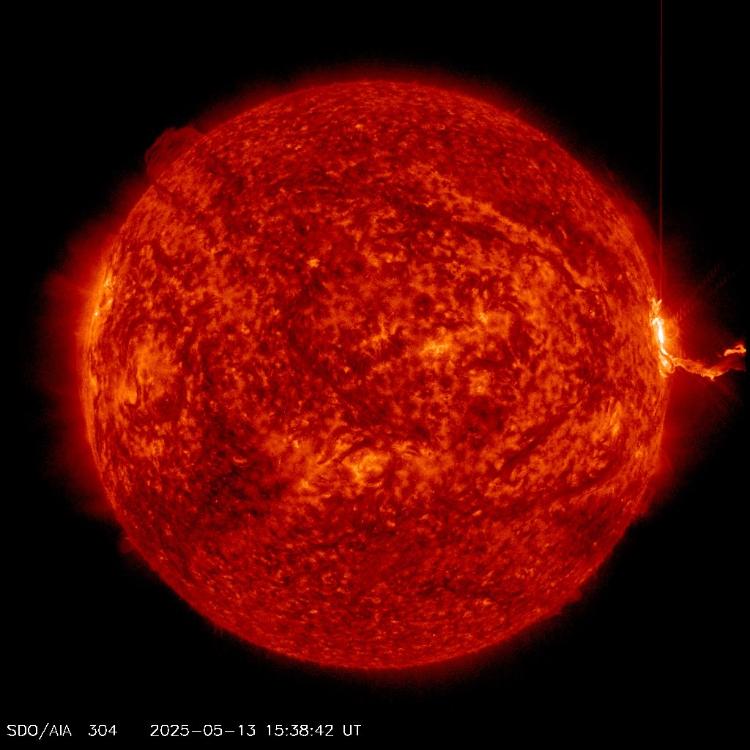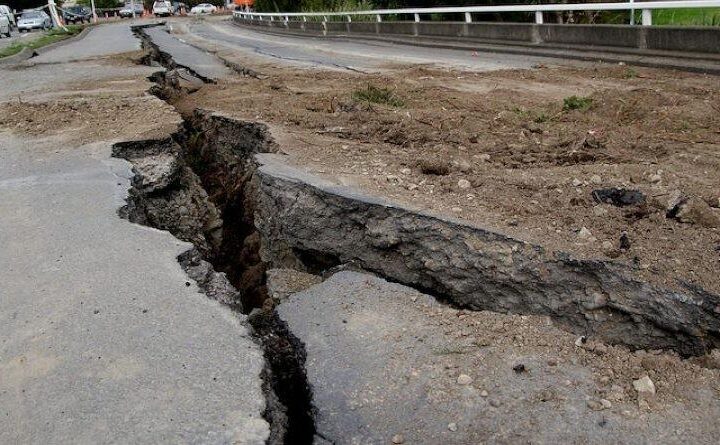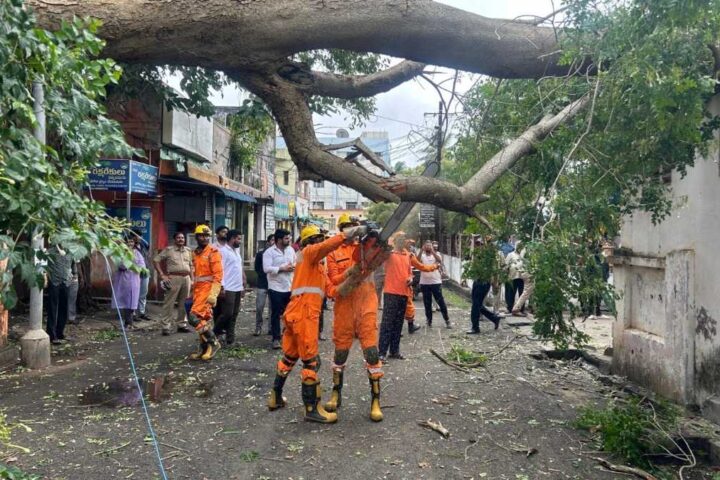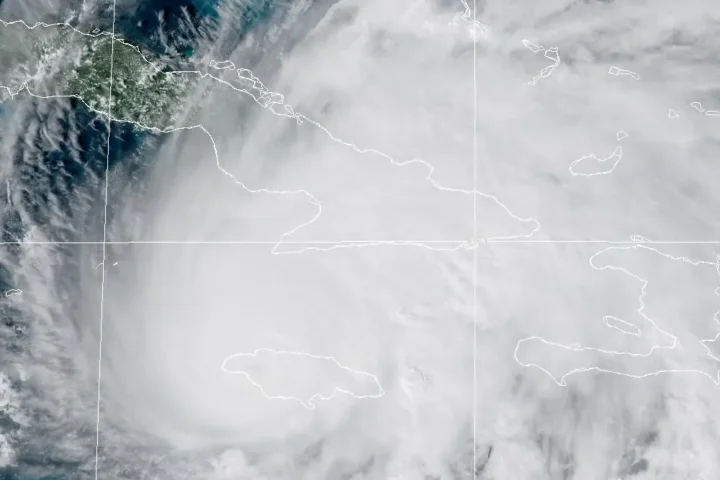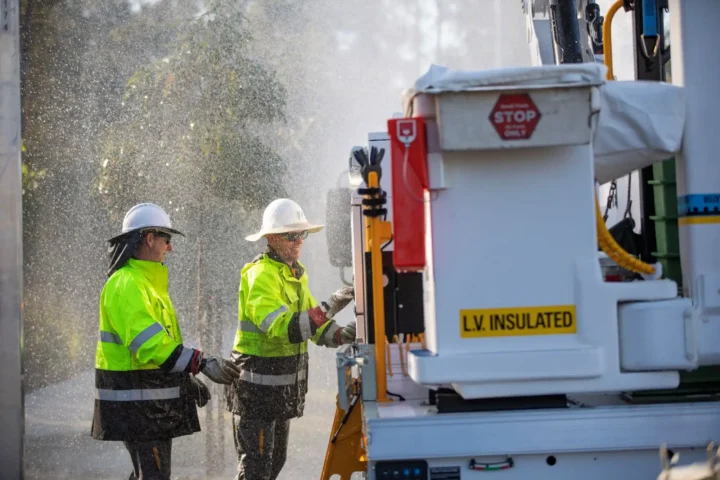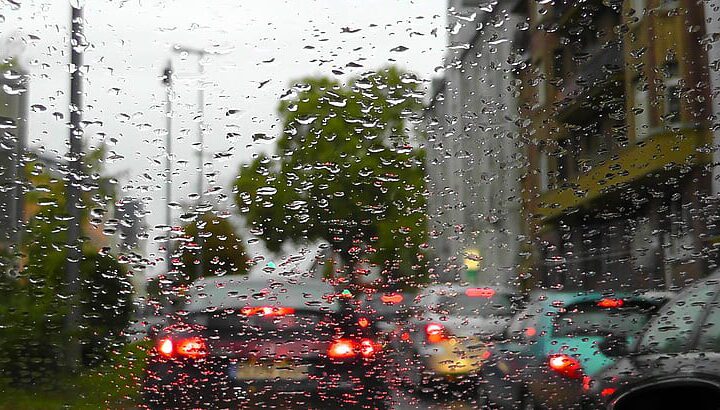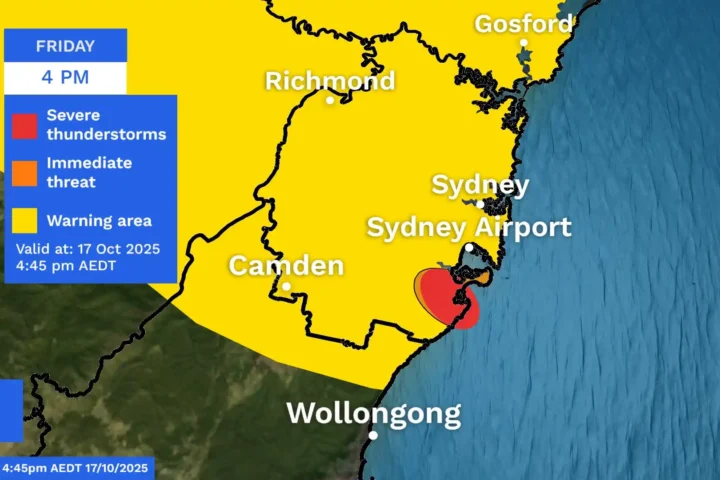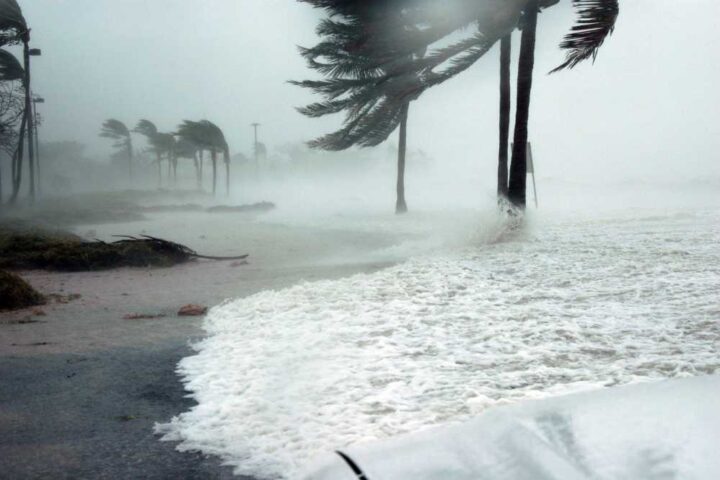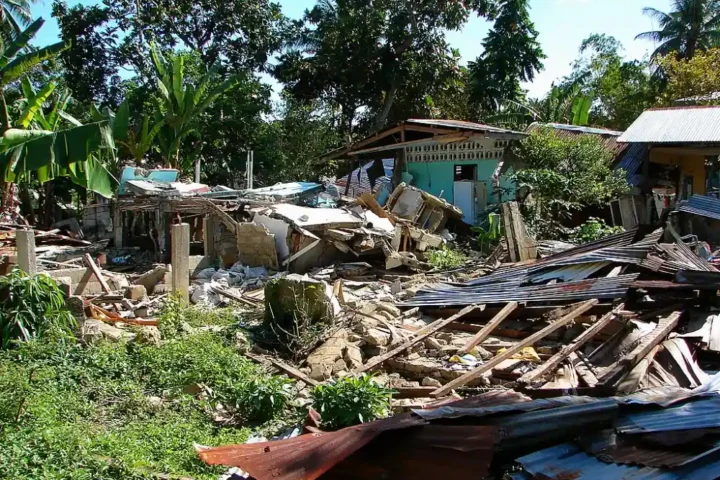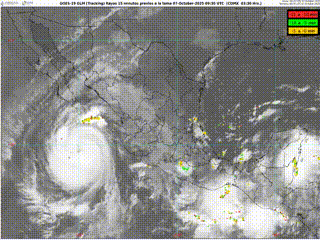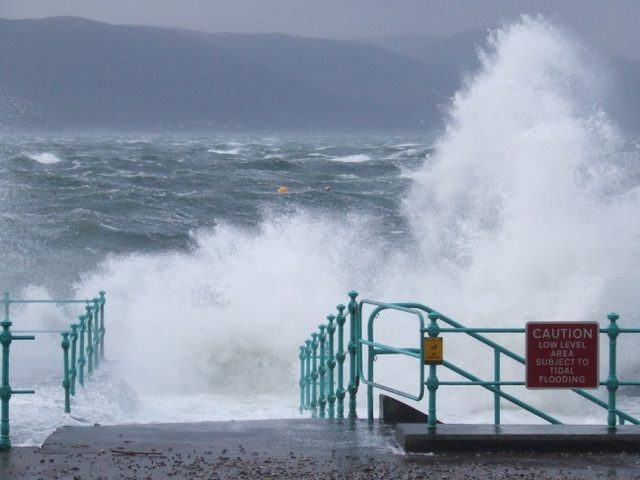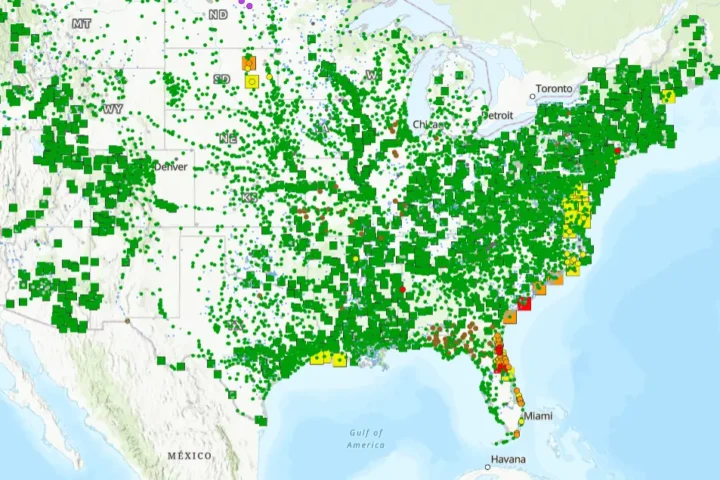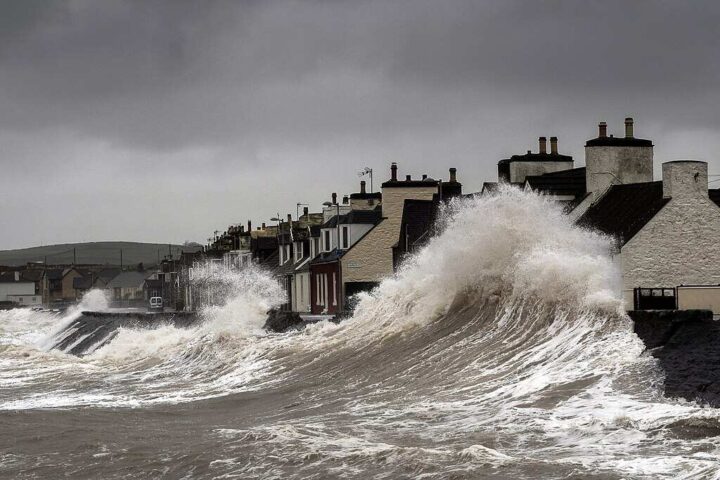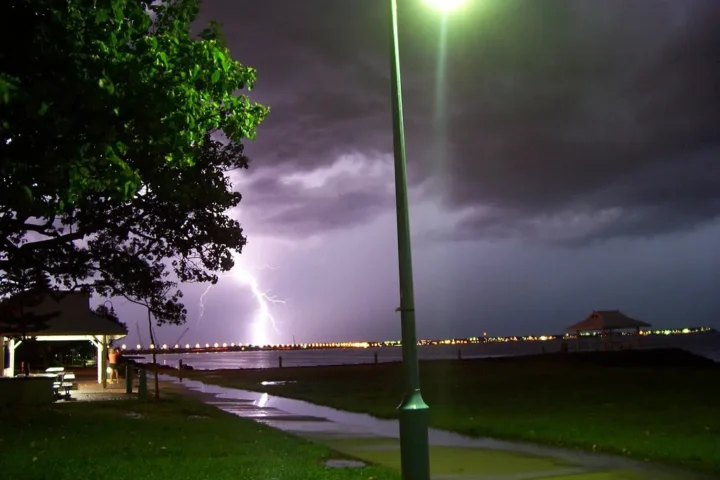,Two dangerous chemical fires in Spain this May forced more than 240,000 people to lock themselves inside their homes, exposing serious safety risks in industrial areas.
The first crisis began when a massive chlorine fire erupted at a storage facility in Vilanova i la Geltrú near Barcelona on May 10. The facility housed 70 tonnes of swimming pool chlorine, creating a toxic cloud that threatened coastal communities.
Emergency services moved quickly to protect public health, ordering over 160,000 residents and tourists to stay inside, close all windows and doors, and avoid any outdoor movement.
The fire left several people needing medical treatment for breathing problems. While firefighters contained the blaze by midday, the plant owner suggested a lithium battery might have sparked the disaster.
Before communities could recover, a second chemical warehouse exploded in Alcalá de Guadaíra, 16 kilometers from Seville, on May 14. Black smoke towered over the industrial park as ethylene, toluene and other flammable materials burned inside the Plainsur facility.
Emergency services fielded hundreds of calls as 80,000 people received urgent shelter-in-place warnings. The blaze injured two people – a plant worker suffered burns and a firefighter fell ill during the response.
Similar Posts
The back-to-back disasters disrupted entire regions. Vilanova cancelled multiple events, including the upcoming Vida Festival preparations. In Seville, authorities evacuated the entire industrial zone as fire teams from across the province battled the flames.
These incidents expose concerning gaps in industrial safety. Even with EU regulations, the storage of dangerous materials near populated areas poses significant risks to public health and the environment.
The fires’ environmental impact remains unclear. Chemical releases during such incidents can affect local soil and water supplies long after the smoke clears. The toxic clouds from both fires prompted immediate public health measures.

By May 15, firefighters had controlled the Seville warehouse fire but remained on scene. The Vilanova crisis ended once air quality improved. Both cases remain under active investigation as Spain faces mounting pressure to better protect communities near industrial zones.
These chemical disasters compound Spain’s infrastructure challenges, following a recent nationwide power outage and major rail disruptions between Madrid and Seville. The incidents highlight growing concerns about industrial safety across the country’s chemical storage and manufacturing sectors.
